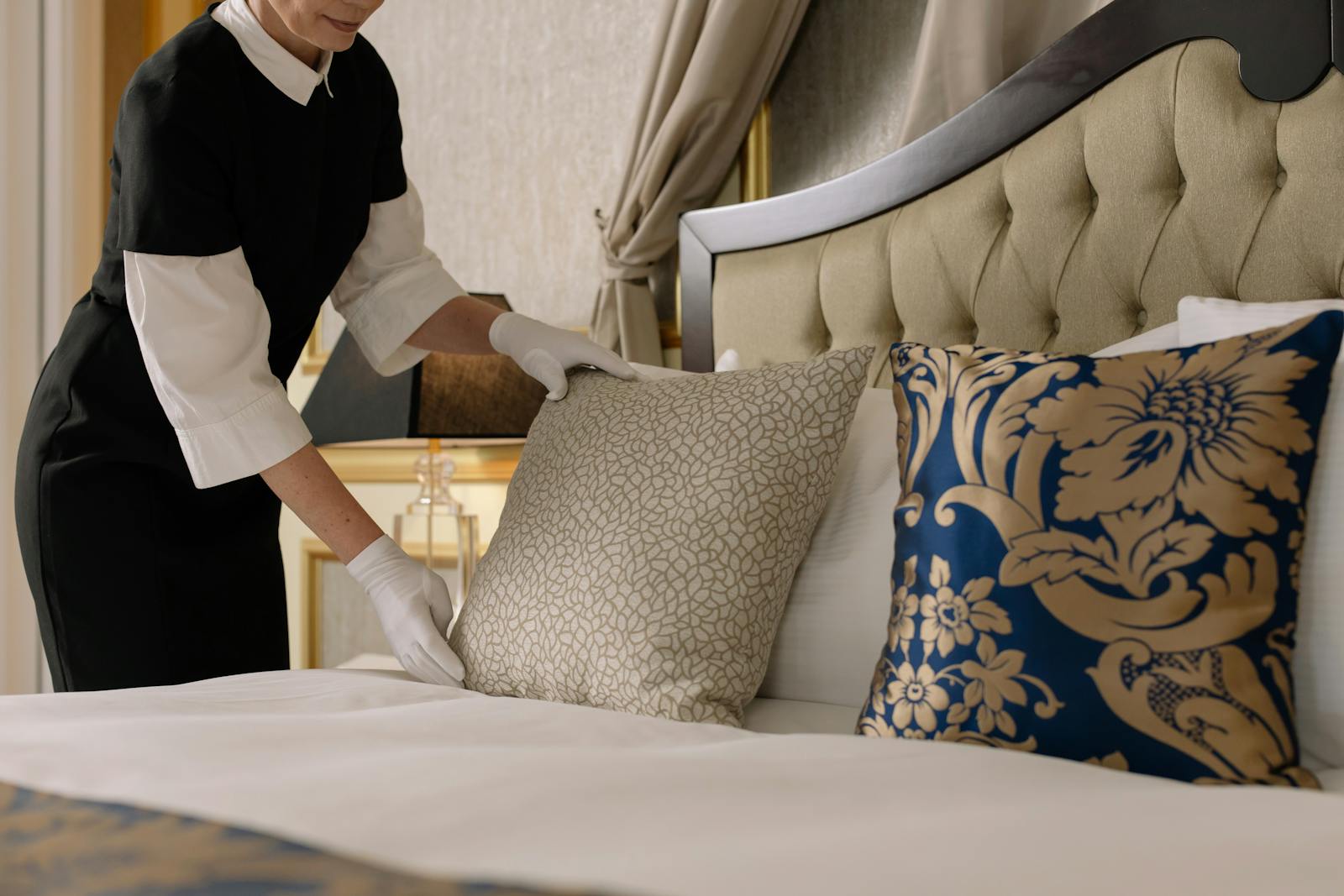It is not a surprise that Housekeepers represent the primary occupation for hotel related worker injuries. With a dynamic environment, strenuous job tasks, rushing through heavy check-out days, and in many cases, sub-par safety training, this should not be considered a surprise.
I have trained and interacted with well over one thousand Housekeepers throughout the past ten plus years. A combination of ergonomic/ job task best practice training sessions, HK observations and safety related conversations have led me to believe that Housekeepers do not receive enough education and safety awareness training.
Simply stated, robust safety training for Housekeepers with continuous safety communication throughout the year is rare. Often, safety training sessions discuss safe lifting practices, wearing personal protective equipment, security placement for housekeeping carts, and guest privacy controls. Many housekeepers are “mentored,” but a lot of the mentoring is based on quality requirements with less attention to safety.
Reviewing thousands of housekeeper injuries from dozens of hotel operators and owners, a few years back, I had once said, “I think I’ve seen it all.” I have not whispered that phrase since, as I do not think that phrase exists for housekeeper injuries, but hopefully that changes.
My point is that with the frequency, severity, and variety of injury types, it is important to recognize the loss exposures and build out best practices and guidelines to reduce risk. Think about it, handling housekeeping carts, stripping beds, dressing pillows, cleaning a toilet or tub, vacuuming the guest room, handling trash, and there are many more.
Do you feel comfortable saying that your housekeeping safety program provides best practices to address the risks. Do you feel comfortable that your guidelines for training are well defined and implemented. As accountability and commitment to the program is critical, are you comfortable that the individual(s) responsible for training and enforcing the program are compliant?
Lastly, do you have specific goals for reducing injury rates? How are they measured and how often? Are you using lagging AND leading indicators? Monitoring results will enable you to determine the effectiveness of your safety program, opportunities for improvement, and your strengths.
Please do not take any of my comments as a “dig” to the Hotel industry. If anything, I foresee this as a fantastic opportunity to enhance your safety efforts to protect your housekeeping staff. Housekeepers are a unique breed; most are very passionate about what they do and take pride in their work. Speaking for myself, I thank them every time I provide a training session, as a clean, welcoming, safe feeling room makes me want to go back to the hotel.
Feel free to reach out to Verita’s Risk Advisory Services (RAS) Team for additional information.
Disclaimer
The information contained herein is provided for information purposes only is not intended to constitute legal, medical or other professional advice and should not be relied upon in lieu of consultation with your own legal and/or other professional advisors. Some of the information, examples and suggestions presented in this material may be compiled by third party sources we consider to be reliable, however we do not guarantee and are not responsible for the accuracy of such information. We assume no duty in contract, tort, or otherwise in connection with this publication and expressly disclaim, to the fullest extent permitted by law, any liability in connection with this publication. Verita CSG, Inc. does not undertake to update the information included herein after the date of publication. Accordingly, readers should be aware that certain content may have changed since the date of this publication.
